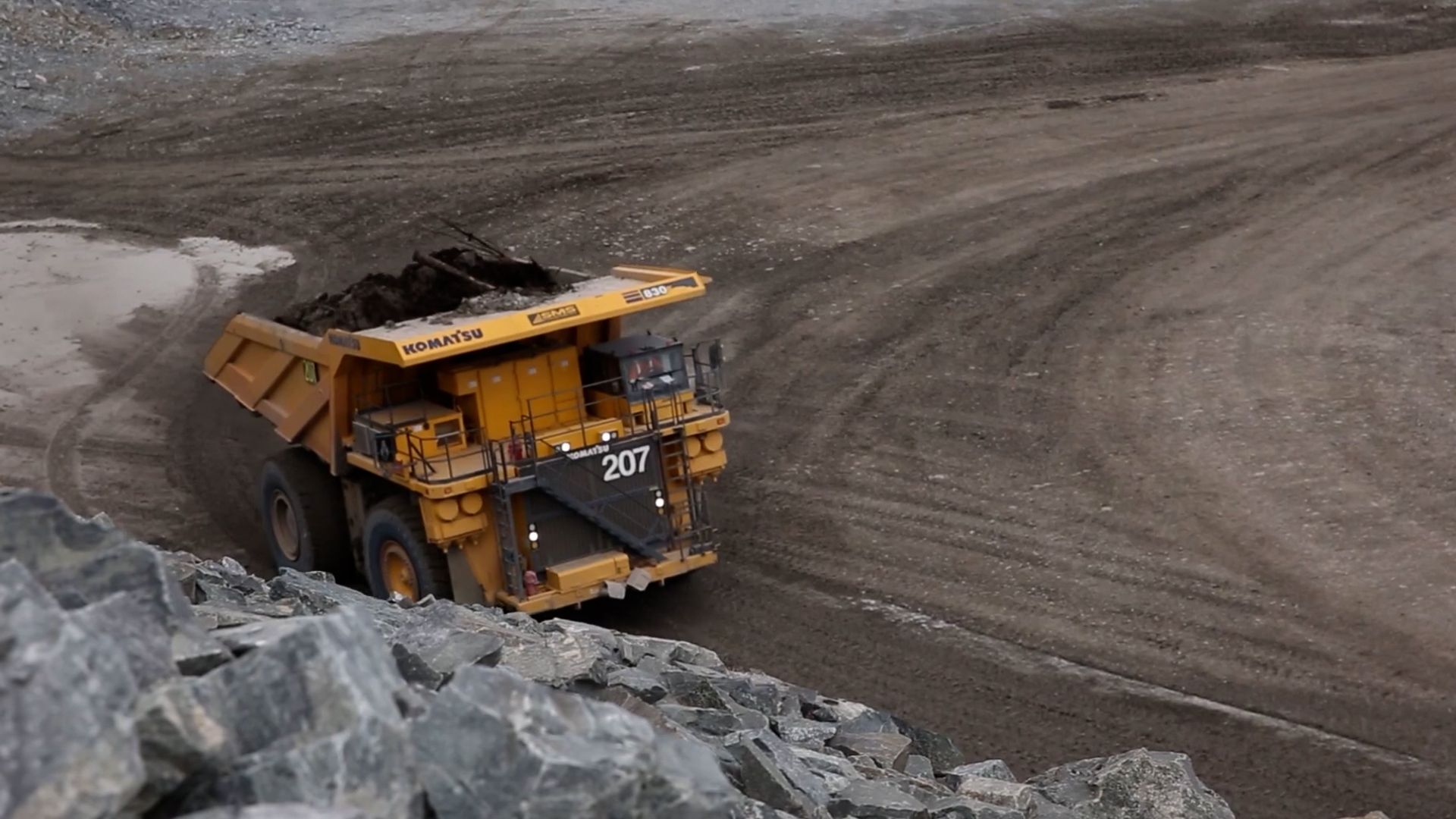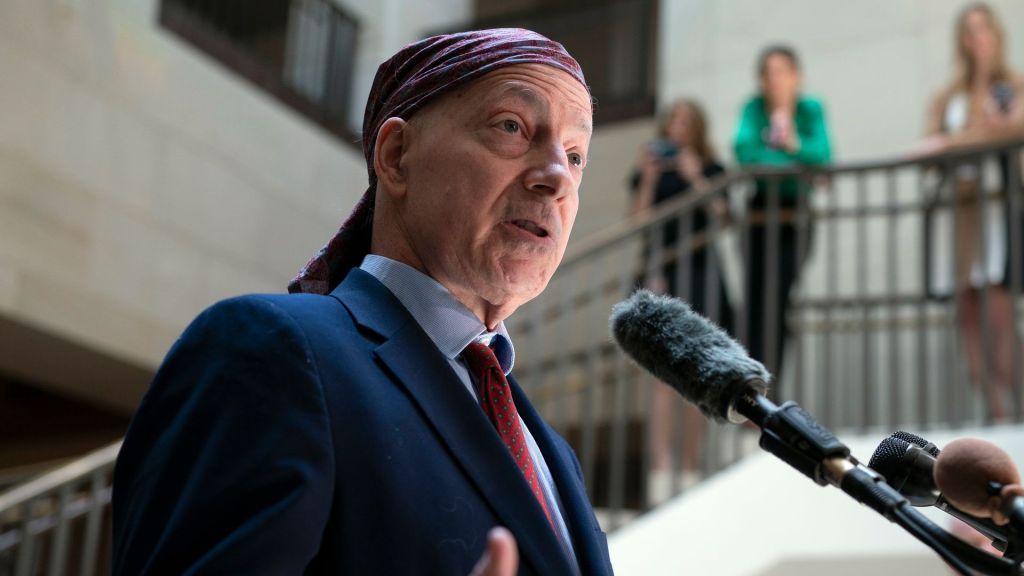
JACK AYLMER:
THE RARE-EARTH RUSH CONTINUES, WITH NEW REMOTE CORNERS OF THE WORLD BEING CONSIDERED.
ONE OF THE LATEST FLASH POINTS:
A REMOTE EXPANSE OF WILDERNESS IN CANADA.
IT’S CALLED ‘THE RING OF FIRE’ – AND UNDERNEATH THIS WILDERNESS -LIES UNTAPPED DEPOSITS OF NICKEL, COPPER, AND COBALT.
WORTH AN ESTIMATED SIXTY SEVEN BILLION DOLLARS, THESE METALS ARE ESSENTIAL FOR BUILDING THE BATTERIES THAT POWER ELECTRIC VEHICLES.
WITH BOTH CANADA AND THE U.S. AIMING TO PHASE OUT GAS POWERED VEHICLE SALES BY 2035, THE VALUE OF THESE RESOURCES HAS BEEN CLIMBING IN RECENT YEARS.
BUT, RETRIEVING THEM LIKELY WON’T BE A SIMPLE TASK. AND EFFORTS ARE ALREADY RECEIVING PUSHBACK.
THE DEPOSIT IS BURIED UNDERNEATH A LARGE ECOSYSTEM OF FORESTS AND PEAT BOGS, WHICH HOLDS MORE CARBON PER SQUARE FOOT THAN EVEN THE AMAZON RAINFOREST.
LOCAL GROUPS CALL IT ‘THE BREATHING LANDS’.
PULLING AND STORING AWAY ABOUT THIRTY FIVE BILLION TONS OF CARBON OUT OF THE ATMOSPHERE,
THAT’S THE EQUIVALENT OF THE EMISSIONS GENERATED ANNUALLY FROM THIRTY NINE BILLION CARS.
CLIMATE ADVOCATES HAVE WARNED THAT ATTEMPTING TO DIG FOR RESOURCES ON THIS LAND COULD RESULT IN THE RELEASE OF MORE GREENHOUSE GAS THAN WHAT CANADA EMITS IN AN ENTIRE YEAR.
LOCAL INDIGENOUS TRIBES HAVE ALSO SPOKEN OUT AGAINST EFFORTS TO MINE, SAYING THE PROJECT WILL DESTROY THE LAND.
DESPITE OPPOSITION – THE REAL ROADBLOCK FOR DEVELOPMENTS HAS BEEN A LACK OF ROADS.
BUT RECENTLY, GOVERNMENT OFFICIALS HAVE DOUBLED DOWN ON DETERMINATION TO DIG UP THESE MINERALS.
DOUG FORD, PREMIERE OF THE PROVINCE OF ONTARIO WHERE THE RING OF FIRE IS LOCATED, HAS SAID QUOTE “IF I HAVE TO HOP ON A BULLDOZER MYSELF, WE’RE GOING TO START BUILDING ROADS TO THE RING OF FIRE.”
THE U.S. IS SEEING A SIMILAR CONFLICT ARISE
GEOLOGISTS BELIEVE THEY HAVE UNCOVERED THE WORLD’S LARGEST DEPOSIT OF LITHIUM- ANOTHER CRUCIAL EV BATTERY COMPONENT-WITHIN AN ANCIENT SUPERVOLCANO STRADDLING THE NEVADA-OREGON BORDER.
BUT SIMILAR TO THE CONTROVERSY SURROUNDING THE RING OF FIRE, ENVIRONMENTAL GROUPS AND NATIVE AMERICAN TRIBES ARE RAISING CONCERNS.
WE’VE BEEN COVERING ISSUES RELATED TO THE MINING AND THE LIFECYCLE OF RARE EARTH MATERIALS, INCLUDING THE SO CALLED ‘WHITE GOLD RUSH’.
HEAD OVER TO SAN DOT COM AND SEARCH “RARE EARTHS” TO SEE MORE.






